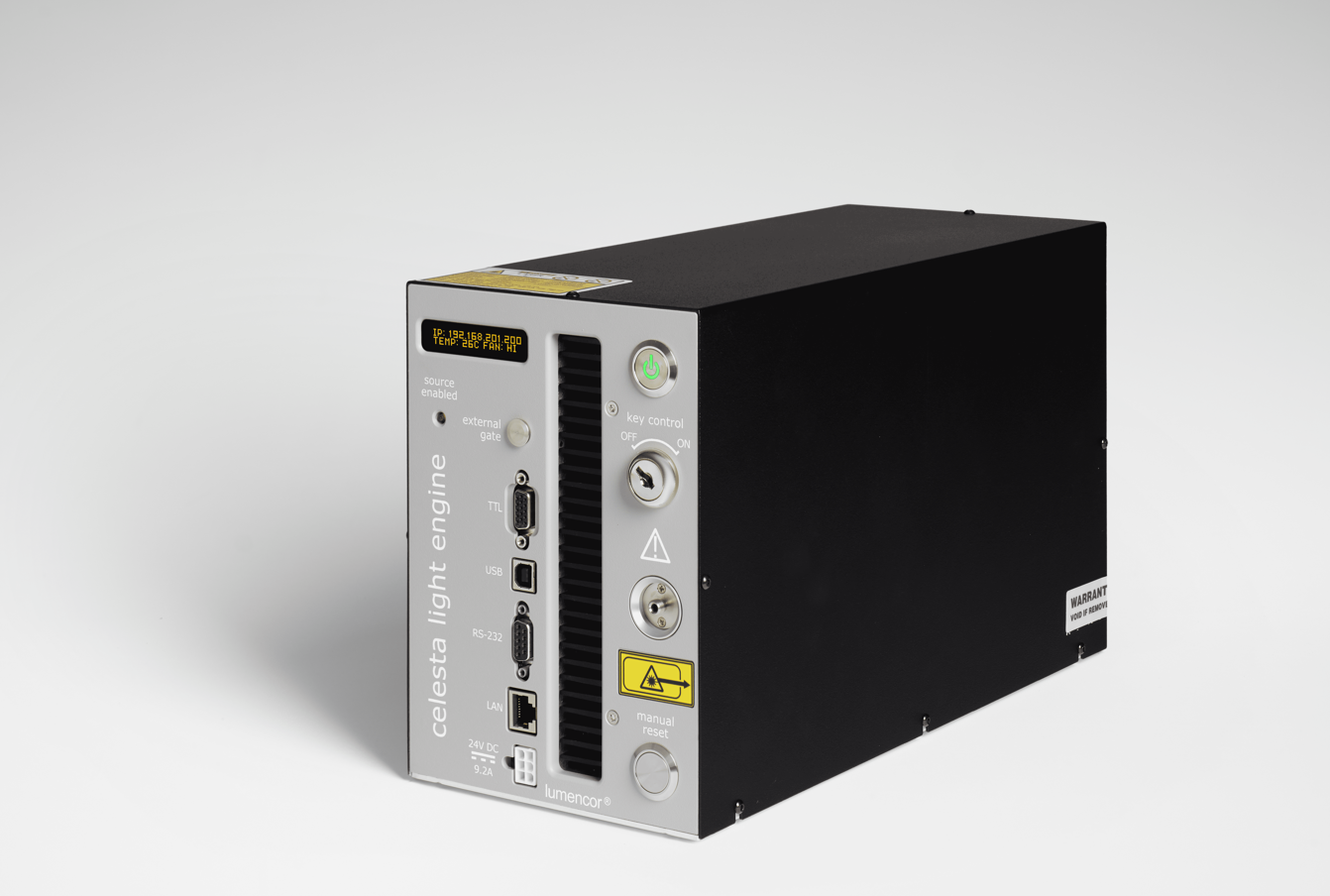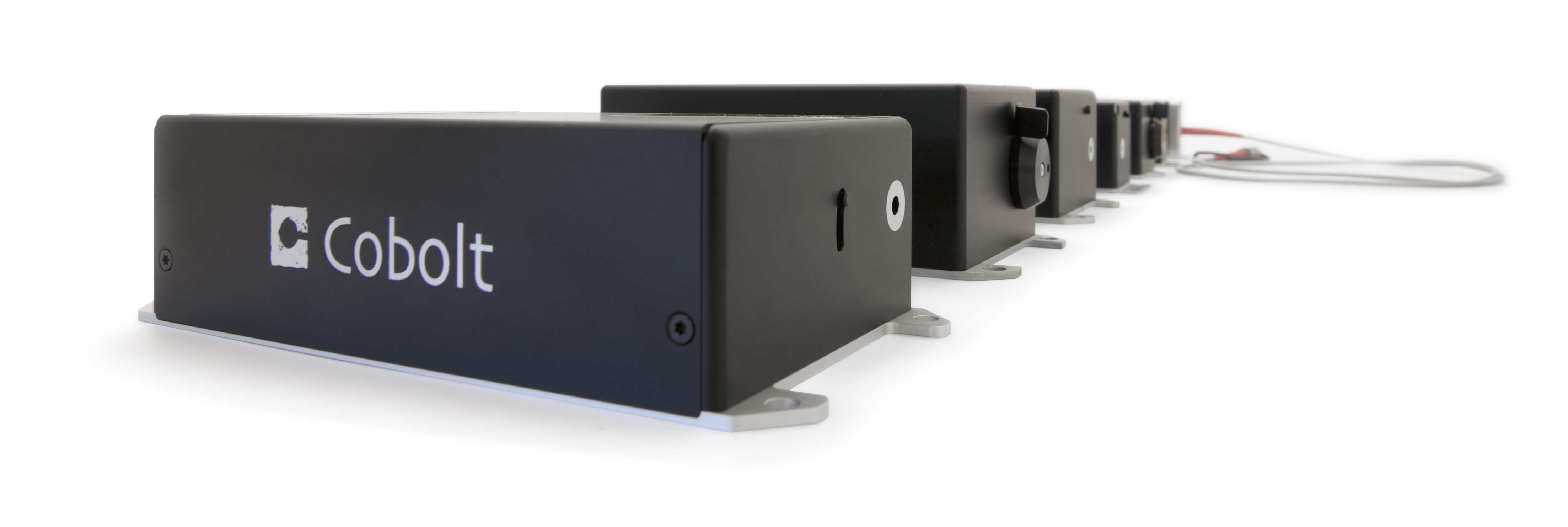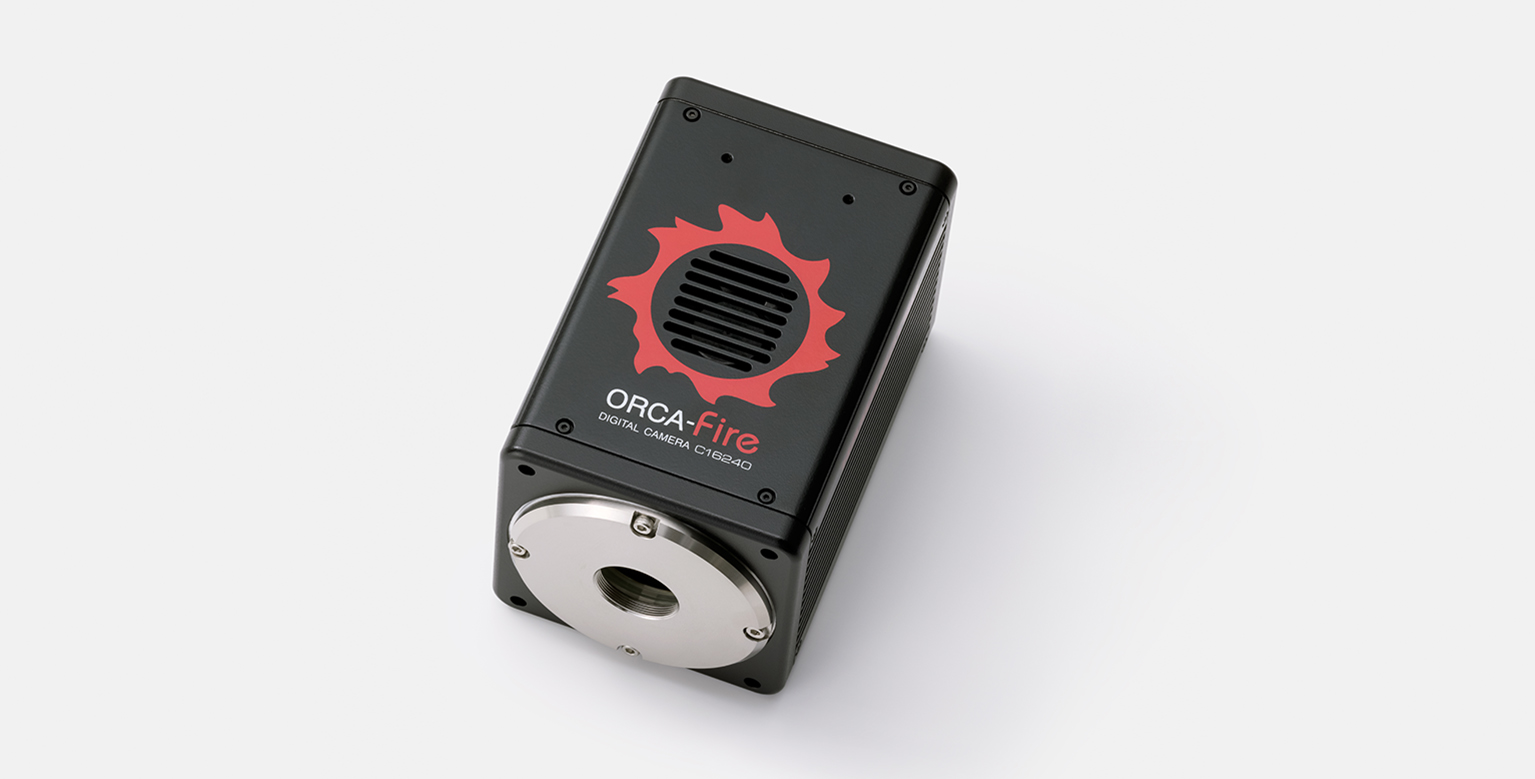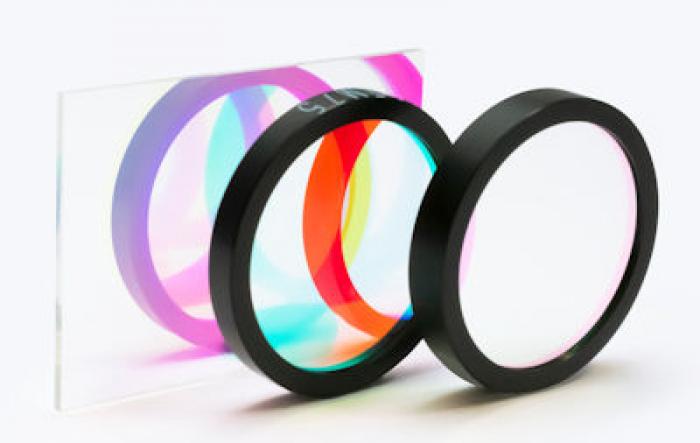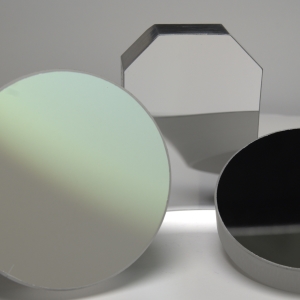With its ability to control light at the nanoscale and interact with biological materials, photonics offers numerous applications that are revolutionising the study and advancement of life sciences.
One of the key areas where photonics technology plays a crucial role is in imaging techniques. Photonics enables high-resolution imaging methods such as confocal microscopy, multiphoton microscopy, and optical coherence tomography. These techniques allow researchers to visualise intricate cellular structures, track cellular processes, and investigate tissue architecture with exceptional detail and precision. By harnessing the unique properties of light, photonics-based imaging systems facilitate breakthroughs in understanding the complexities of biological systems.
Moreover, photonics has contributed significantly to the field of diagnostics and medical instrumentation, enabling the development of non- or minimally invasive techniques for disease detection and monitoring. For instance, biophotonic technologies like fluorescence spectroscopy, Raman spectroscopy, and optogenetics enable real-time analysis of biochemical markers, cellular activity, and genetic information. These advancements have helped to enable early detection of diseases, personalised medicine, and improved treatment outcomes.
Photonics also find applications in genomics and proteomics research. High-throughput DNA sequencing techniques, such as next-generation sequencing, rely on photonics-based methods for accurate and efficient analysis of genetic information. Additionally, optogenetics, a technique that uses light to control cellular activity, enables precise manipulation of neurons and facilitates a deeper understanding of brain function and neurological disorders.
In addition, photonics has paved the way for the development of innovative therapeutic approaches. Laser-based treatments, such as photodynamic therapy and laser surgery, offer precise and minimally invasive solutions for various medical conditions, including cancer treatment and vision correction.
Photonics products for life sciences on the market now
Vendors of products in the life science market include Access Laser, which provides lasers for novel surgical procedures, or tracking and viewing the progress of pharmaceutical development. The lasers’ wavelength enables hemostatic incisions to improve healing times and can be centred from 9.3µm to 9.6µm to match the peak absorption coefficient of hydroxyapatite, the main mineral constituent in enamel, dentin and bone.
Analytik has an array of life science solutions for a variety of microbiology and molecular diagnostics applications. The portfolio ranges from devices for PCR, real-time PCR, bioimaging, liquid handling, electrophoresis and sample homogenisation to consumables.
Brighterwave provides visible lasers and laser projection solutions for life science applications. It focuses on custom visible laser light solutions and multi-wavelength boxes laser projection and beam steering solutions for automotive, life science and AR/VR applications.
Cobolt offers a series of laser assemblies specifically tailored for advanced optogenetics research. Solutions include single-line lasers with stable and efficient coupling into multimode fibres, two lasers on a common platform launched into one common fibre coupler, or two lasers sitting side by side launched into one fibre coupler each, suitable for 2-into-1 coupling using, for example, fused fibres.
Coherent, formerly known as II-VI, segments the life sciences instrumentation market into three categories based on core functional use – biotechnology, medical and scientific. When it comes to biotechnology, the company offers life sciences optics, laser engines, all-purpose optics, laser diode modules, DPSS lasers, thermoelectric coolers and thermoelectric systems. For medical, there are HPL bars and stacks, CO2 laser optics, 1 micron optics, DPSS lasers, thermoelectric coolers and thermoelectric systems. For scientific, the company offers CO2 laser optics, micron optics, life science optics, DPSS lasers, thermoelectric and thermoelectric systems.
CoolLED designs and manufactures cutting-edge LED illumination systems for researchers and clinicians. The company has specialised in fluorescence microscopy since it introduced its commercially available LED illumination system in 2006. LED microscope lighting is popular thanks to its stability, long life and energy efficiency, as well as its superior safety and environmental features.
Edmund Optics’ optical components are used in many life science-related applications and medical devices, such as qPCR instruments, fluorescence microscopes (confocal, multiphoton, super-resolution), flow cytometers (cell sorting), ophthalmoscopes, optical coherence tomography (OCT), and more. The company offers all the optical components needed for building medical devices, including high-precision filters, lenses, mirrors, beamsplitters, polarisers, microscope objectives, and more. In addition, the company’s portfolio has a range of light sources and cameras to complete the set-up, whether it is for a microscope, an OCT system, or a different type of optical medical device.
Hamamatsu researches how biological phenomena interacts with light to create the tools required. The company can use biological materials to create models – for example, it has made environmental sensors that use the photosynthesis system of algae, and created photosensitive nerve cells that use the photoactive euglena enzyme to understand the mechanisms of neurological disease. The research could lead to applications in drug discovery and advanced medical fields.
Jenoptik produces high-tech objective lenses for medical technology. These highly specialised and customised optics products open up new possibilities in prevention, diagnosis and treatment. Its medical technology objective lenses can be used in ophthalmology, dental technology or dermatology, for example, for focusing laser beams or achieving targeted deflection. Fluorescence objective lenses enable DNA to be read during sequencing, and objective lenses and modules can also be used successfully in radiology.
Available from Laser Components is a range of solutions to aid the understanding of cellular and molecular processes that provide doctors and medical engineers with valuable insights for the development of new diagnostic and therapeutic procedures, using the advantages of laser technology. Applications include microscopy, spectroscopy, photodynamic therapy, thermal laser applications, positioning of patients, UV sterilisation, breath gas analysis, components manufacturing, optical coherence tomography and high-power laser research.
Leica Microsystems offers microscope solutions to support complex microsurgery applications. The microscopes provide optimal and reliable visualisation, including built in fluorescence filters and GLOW 800 augmented reality fluorescence. This and ICG create a simultaneous white-light and real-time fluorescent blood flow view.
Lumencor’s solid-state technologies have provided ground-breaking improvements in the quality of simple LED illumination available to both researchers and instrument manufacturers in the life sciences. This has enabled expansion in the capabilities of fluorescence microscopy in terms of sample throughput and spatial resolution, and driven the development of many new applications.
Microlight3D is a specialist manufacturer of high-resolution micro-scale 2D- and 3D-printing systems for industrial and scientific applications. Its most recent launch was a collection of resins with diverse properties for mechanical meta-materials and life sciences applications. They are designed to allow developers to explore 3D microprinting using different materials and reproduce miniscule objects. The resins join the existing two in the range and can be used with the company’s microFAB-3D ultra-high resolution 3D-printing system, based on two-photon polymerisation. This direct laser writing technology is used to create a solid 3D-printed structure from photo-activable materials.
Products from MKS Instruments’ life and health sciences range are used in a diverse array of applications, including bioimaging, medical instrument sterilisation, medical device manufacturing, analytical, diagnostic and surgical instrumentation, consumable medical supply manufacturing and pharmaceutical production. PicoQuant’s products are used in a wide range of applications, such as life science, materials science and optical quantum technology. Academic researchers use them in their search for answers and help in gathering data for publications in top-ranking journals, and by researchers in industry for their day-to-day laboratory work and in carrying out routine quality control of global industrial players.
Photon Lines’ life sciences partners are leaders in their respective fields, including Abberior Instruments, founded by Professor Stefan Hell, one of the inventors of the stimulated emission depletion (STED) super resolution nanoscopy technique. Products span from super resolution microscopes, including the Abberior Instruments add-on Stedycon and Expert Line STED system, to the Argolight fluorescence quality testing system, which is becoming an essential tool in light microscopy facilities.
Omek Optics focuses on OEM digital microscopy solutions for the inspection, medical and biomedical industries. It offers a line of standard modular microscopes covering a broad spectral range, with special attention to homogeneous high yield illuminations. Solid State is an electronics group supplying commercial, industrial and military markets with components, assemblies and manufactured units for use in specialist and harsh environments, including industrial, robotics, medical, life sciences and transportation sectors. The company has expertise in industrial and ruggedised computing, displays, battery power solutions, communications, imaging technologies, electrical and electronic components.
Solid State has five principal trading companies: Solid State Supplies, Steatite, Pacer Components, Active Silicon and Willow Technologies. Willow Technologies also has a US-based subsidiary, American Electronic Components (AEC), in Indiana. For more than 45 years, Sutter Instrument has led in the manufacture of precision instrumentation for the neurological sciences. The company has the latest in patch clamp and intracellular amplifiers and software and continues to expand our line of manipulators, light sources, multi-photon microscopes and micropipette pullers. The latest products include the Trio MPC-165 thinprofile manipulator, Lambda 821 optical beam combiner capable of accessing seven LEDs, and Dendrite, a data acquisition system that gives researchers access to the advantages of SutterPatch software.
Vortran Laser Technology’s products serve the high-end laser market, supplying both OEM companies and end users. The company’s primary focus is in the life sciences market, where its laser technologies serve applications in cell biology, optogenetics, microscopy and imaging, flow cytometry, DNA sequencing, optical tweezers, spectroscopy, pharmaceutical drug discovery, and well plate reading, to name a few.
This is not an exhaustive list. If you provide products in the life science space and would like your company to be included, please let us know at: editor.electro@europascience.com
Lumencor: Featured life science product
Lumencor’s CELESTA Light Engine houses seven solid-state lasers in a turnkey illuminator for demanding fluorescence applications such as confocal spinning disk microscopy and spatially resolved transcriptomics. 1000 mW/colour from the distal end of an optical light guide is powerful and intense. Pre-aligned, independent lasers satisfy a compact footprint.
Sophisticated electronics support low peak-to-peak noise, reproducible pulsed signals and consistent short- and long-term optical power, well-suited for high-end imaging and OEM instrumentation. Customisation is available upon request. Find out more information about Lumencor’s CELESTA Light Engine at the company's website.
Hübner Photonics: Featured life science product
Hübner Photonics manufactures high-performance lasers for advanced imaging, detection and analysis. Among the range of lasers offered, from CW to femtosecond, diode lasers to single frequency tunable lasers as well as laser combiners and multi-line lasers, there is a solution to suit most life science applications. In particular, the Cobolt Skyra revolutionary multi-line laser platform simplifies laser use for both researchers and equipment manufacturers by offering up to four laser lines permanently aligned in a compact package and requiring no external electronics.
The Cobolt Skyra will help enable the next generation of bioimaging research as well as compact and easy-to-use analytical instrumentation for the life science market. Manufactured using proprietary HTCure technology ensures a very high level of immunity to varying environmental conditions along with exceptional reliability. Find out more about the Cobolt Skyra multi-line laser platform at the company's website.
Hamamatsu: Featured life science product
Imaging for life science applications poses several significant challenges that researchers and imaging technology manufacturers must address in order to obtain accurate and quantitative results. Life science processes often occur at small scales and rapid time frames, necessitating sensitive detectors to capture fine details without sacrificing signal quality. Hamamatsu’s ORCA range of scientific cameras is an optimal choice for life science applications due to the cameras’ exceptional performance and reliability. They offer unparalleled sensitivity and signal-to-noise ratios, allowing researchers to capture even the faintest signals with precision and accuracy, crucial for demanding applications such as single-molecule imaging.
Hamamatsu’s unique light sheet readout mode also gives significant benefits as it minimises phototoxicity and photobleaching, enabling long-term live cell imaging. Experience the ORCA range of scientific cameras, from the ORCA-Quest, the ultimate in quantitative imaging, to the newest addition to the ORCA family – the ORCA-Fire, with excellent resolution and blazing fast speeds. Find out more about Hamamatsu’s ORCA range of scientific cameras at the company's website.
Knight Optical:Featured life science product
For more than 30 years, Knight Optical, a global leader in precision optics, has been at the forefront of driving advancements in life sciences. From fluorescence microscopy to DNA sequencing, endoscopes to flow cytometry, our optical components have played a crucial role in numerous life-changing applications. We’ve recently expanded our catalogue with Fluorescence Filter Sets, featuring emission and excitation filters for common fluorophores. Order directly from our website now!
Our vast range of stock and custom-made optics also includes:
- Dichroic mirrors
- Precision filters
- Beamsplitters • Mirrors
- Optical lenses (including ball lenses)
- Laser optics
- Prisms
At Knight Optical, precision and quality are our hallmarks. Every component is meticulously tested in our advanced metrology laboratory and visually inspected in our QA department, ensuring excellence before shipment. Contact our UK and US teams today and experience true precision, quality and innovation. Find out more about Knight Optical's products for life science applications at the company's website.
Spectrum Scientific: Featured life science product
Spectrum Scientific’s optical replication process offers high fidelity, high specification off-axis parabolic (OAP), elliptical and freeform mirrors, holographic diffraction gratings and hollow retroreflectors at a lower cost compared with traditional volume manufacturing, making them ideal for use in a variety of analytical instrumentation.
Using a process similar to nanoimprint lithography, it transfers the shape of a high specification master optic to low-cost substrates with minimal part-to-part variation. It can also accommodate different material choices and optical surface designs including OAPs and freeform mirrors with typical surface figures of up to λ/10 or better and allows the direct incorporation of mounting or alignment features, improving stability and reducing assembly and alignment costs. Find out more about Spectrum Scientific's optics for life science applications at the company's website.
Photonic Solutions: Featured life science product
Oxxius’ Laser Combiners field upgradability allows for maximum flexibility: The Oxxius L6Cc laser combiner is the most compact and flexible all-in-one multicolor laser source, offering the user flexibility to integrate up to seven laser lines and delivering their output either free space or via single mode/multimode fibres. Up to four fibre optical fibre outputs can be enabled.
The modular design allows for a large choice of lasers from 375 up to 1,064nm and with output power up to 500mW. The sources are Oxxius LaserBoxx or from other manufacturers. The extension modules provide the ultimate level of flexibility by integrating fast switching output ports for FRAP, adjustable split power for light sheet microscopy among other advanced functionalities. The L6Cc is field-upgradeable, to evolve as your light microscopy applications change and to preserve your investment. Find out more about Photonic Solutions' Oxxius’ Laser Combiners at the company's website.


